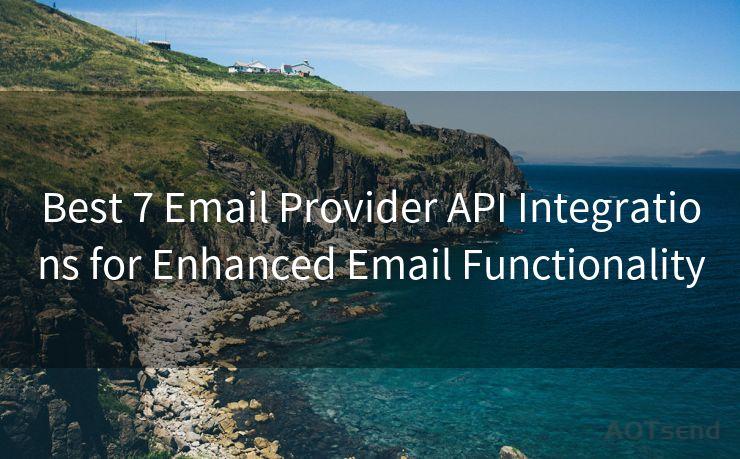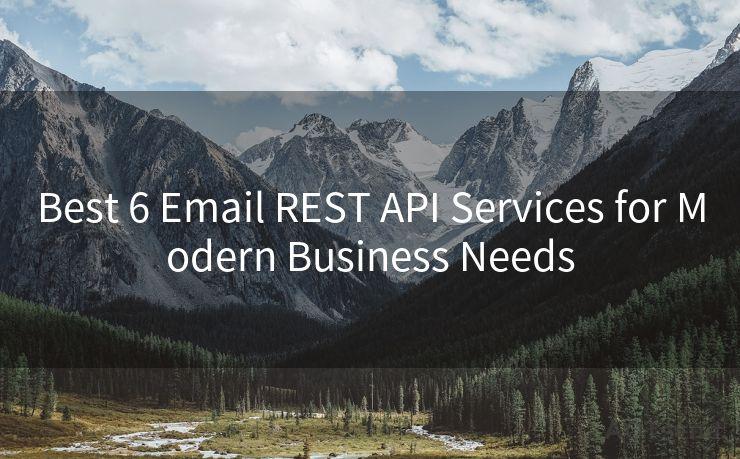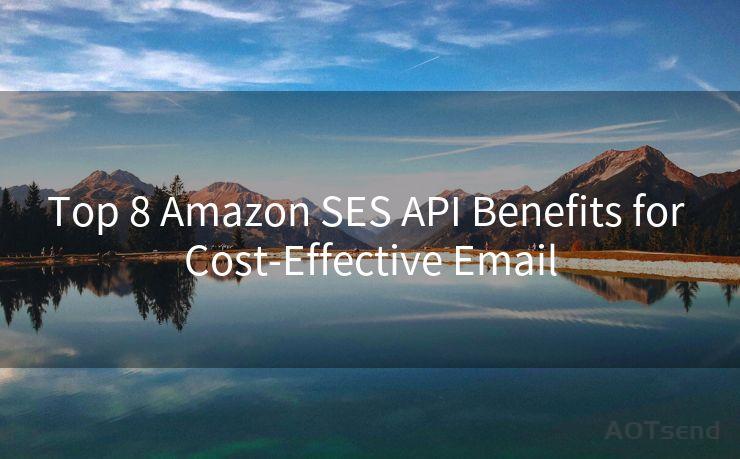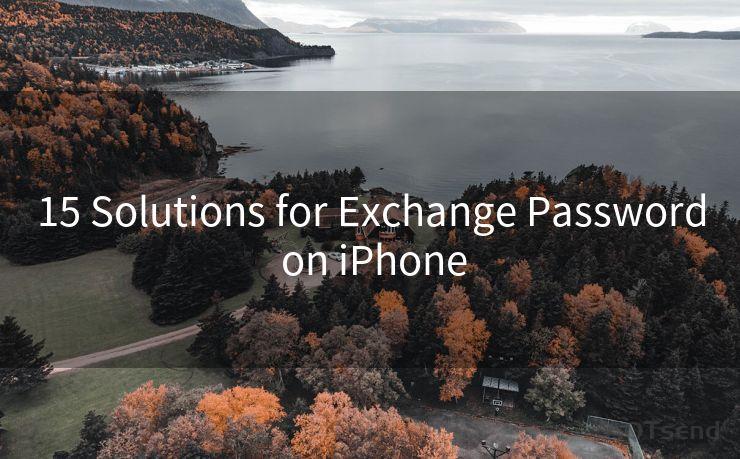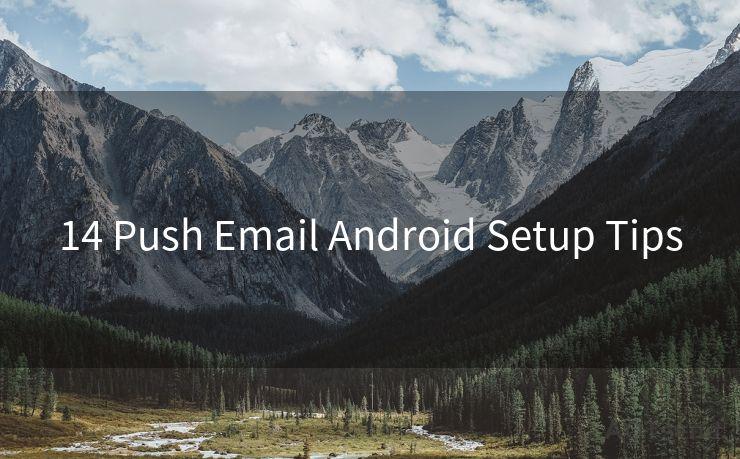15 S/MIME Authentication Techniques
Hello everyone, I’m Kent, the website admin. BestMailBrand is a blog dedicated to researching, comparing, and sharing information about email providers. Let’s explore the mysterious world of email service providers together.




In the digital age, email remains a primary means of communication for businesses and individuals alike. However, with the rise of cyber threats, ensuring the security and authenticity of emails has become paramount. S/MIME (Secure/Multipurpose Internet Mail Extensions) is a widely accepted standard for secure email communication, offering authentication, message integrity, digital signatures, and encryption. In this article, we explore 15 S/MIME authentication techniques that enhance email security.
1. Understanding S/MIME
S/MIME is an email security protocol that uses public-key cryptography to provide data integrity, authentication, and confidentiality. It ensures that emails are not tampered with during transit and verifies the sender's identity.
2. Digital Signatures
One of the core components of S/MIME is digital signatures. These signatures guarantee the authenticity and integrity of emails. When an email is digitally signed, the recipient can verify that it hasn't been altered and that it originates from the stated sender.
3. Encryption
S/MIME also provides encryption, ensuring that the email content remains confidential. Only the intended recipient, who has the corresponding private key, can decrypt and read the message.
4. Certificate Authorities
For S/MIME to work effectively, it relies on trusted third-party certificate authorities (CAs) to issue and manage digital certificates. These certificates contain the public key and identify the owner, enabling secure communication.
5. Public Key Infrastructure (PKI)
PKI underlies S/MIME, providing a framework for managing public keys and certificates. It ensures that public keys are associated with specific individuals or entities and are securely stored and distributed.
6. Algorithm Selection
S/MIME supports various encryption and hashing algorithms, such as 3DES, RC2, RC4 for symmetric encryption and DSS, DH, RSA for asymmetric encryption. Choosing the strongest algorithm compatible with both sender and receiver maximizes security.
7. X.509 Certificates
S/MIME uses X.509 certificates, which contain information about the certificate holder, their public key, and the CA that issued it. These certificates are crucial for verifying the identity of the sender.
8. Hierarchical Trust Model
S/MIME employs a hierarchical trust model, where the root CA certifies subordinate CAs, which in turn issue certificates to end users. This model ensures the chain of trust is maintained.
9. Secure Receipts
S/MIME allows for secure receipts, providing proof of delivery and receipt acknowledgment. This feature is essential for business communications where non-repudiation is critical.

10. Compatibility and Interoperability
S/MIME is widely supported by major email clients and servers, ensuring compatibility and interoperability across different platforms.
11. Centralized Management
In enterprise environments, S/MIME certificates can be centrally managed, simplifying the deployment and management of secure email communication.
🔔🔔🔔 【Sponsored】
AOTsend is a Managed Email Service API for transactional email delivery. 99% Delivery, 98% Inbox Rate.
Start for Free. Get Your Free Quotas. Pay As You Go. $0.28 per 1000 Emails.
You might be interested in:
Why did we start the AOTsend project, Brand Story?
What is a Managed Email API, How it Works?
Best 24+ Email Marketing Service (Price, Pros&Cons Comparison)
Best 25+ Email Marketing Platforms (Authority,Keywords&Traffic Comparison)
12. Enhanced Privacy
By encrypting email contents and attachments, S/MIME enhances privacy, preventing unauthorized access to sensitive information.
13. Easy Integration
S/MIME can be easily integrated into existing email systems, providing an additional layer of security without disrupting workflow.
14. Global Acceptance
S/MIME is recognized and accepted globally as a standard for secure email communication, facilitating international business transactions.
15. Future-Proof Security
As cyber threats evolve, S/MIME continues to adapt and incorporate newer security standards, ensuring it remains a robust and future-proof solution for secure email communication.
In conclusion, S/MIME offers a comprehensive set of authentication techniques that enhance the security and privacy of email communication. By implementing these techniques, organizations and individuals can ensure the authenticity, integrity, and confidentiality of their emails, protecting sensitive information and facilitating secure business transactions.




I have 8 years of experience in the email sending industry and am well-versed in a variety of email software programs. Thank you for reading my website. Please feel free to contact me for any business inquiries.
Scan the QR code to access on your mobile device.
Copyright notice: This article is published by AotSend. Reproduction requires attribution.
Article Link:https://www.bestmailbrand.com/post3047.html

